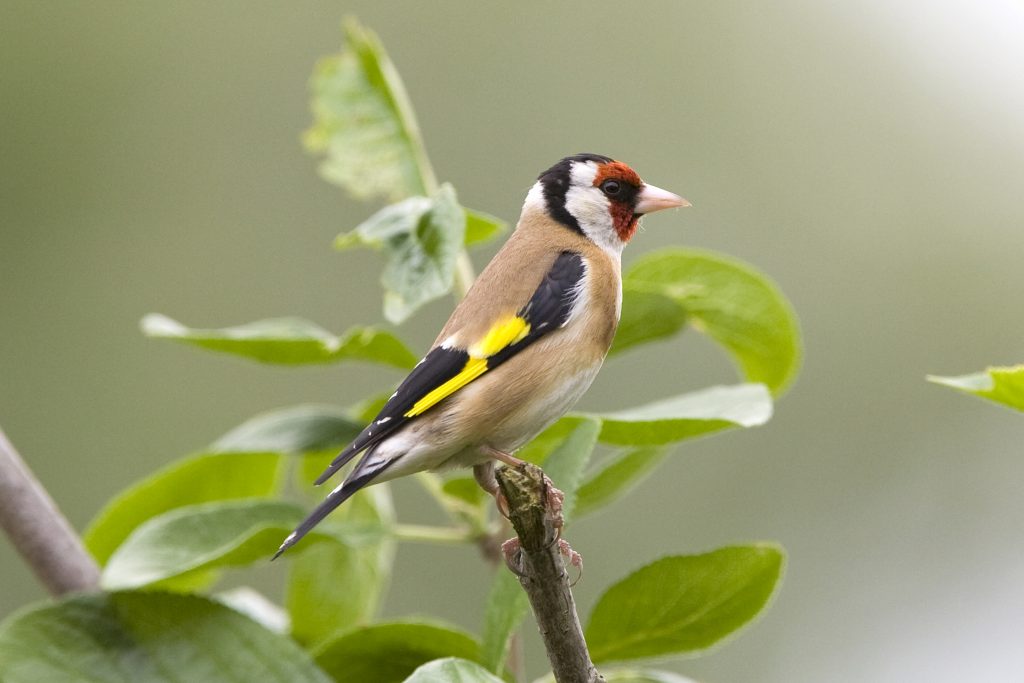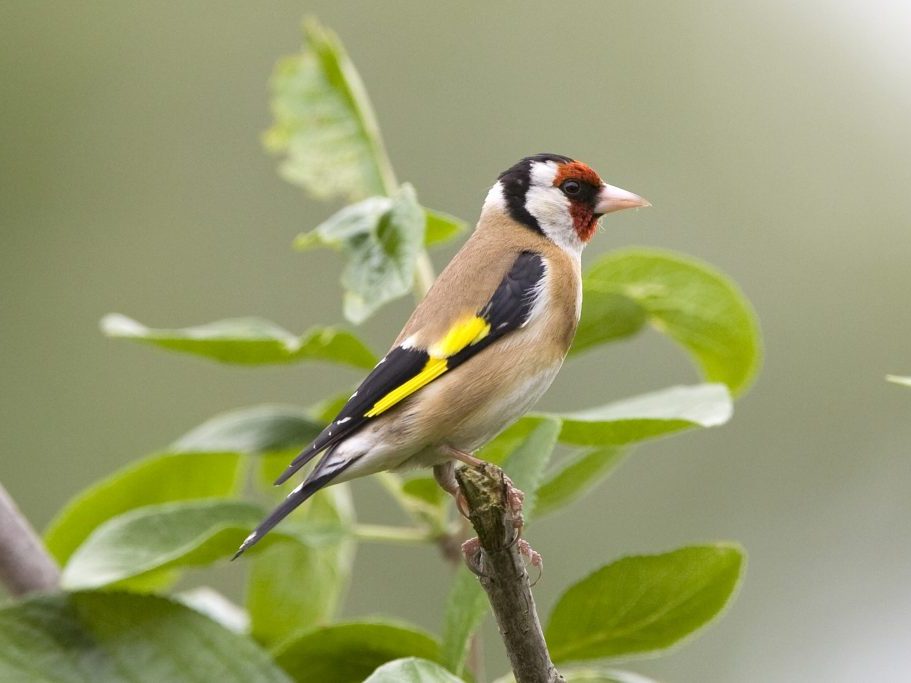
Over the last century, land use in the UK has changed drastically. Small mixed-crop farms, traditionally separated by lanes, hedgerows and wild meadows have been replaced with larger, more specialised facilities. At the same time, the density of grazing animals such as sheep and cattle has also risen substantially. This combination of land-use change and agricultural intensification has contributed significantly to habitat degradation and biodiversity loss, and has led to huge, often dire, changes for the wildlife that call these places home.
Understanding these processes is of huge importance to conservationists, and a considerable amount of research has been conducted into the broad scale effects of land use changes on biodiversity. It is less well understood, however, why seemingly similar species can be affected to a different extent by local changes in their habitat.
A recent study, conducted by Dr Andrew Higginson at the University of Exeter, suggests that competition for nesting space may be a key factor in the differences observed. His study used a mathematical model to predict the likely outcome when populations of birds and bees are faced with a reduction in suitable nesting sites. Results indicated that larger, earlier-nesting species tend to fare better in these conditions, but at the expense of smaller, later-nesting species who, in the real world, would either fail to find a nesting site or be forced into using a poor quality or risky location.
Dr Higginson’s results illustrate that, whilst two or more similar species can co-exist together very happily when there are sufficient nesting spaces available, as soon as these become limited, competition and conflict become inevitable. In severe situations, species that have historically thrived in the same environment may suddenly find themselves battling for survival.
A key message from the study was that conservation efforts should ensure that priority is given to the creation and maintenance of suitable nesting sites. Conservation practices often focus on provision of food for wildlife, such as planting wildflowers for bees and providing food for our garden birds. Preserving and creating safe and accessible places for these animals to nest, however, is just as critical if we are to ensure their continued survival.
Head over to www.nhbs.com for our full range of bird nest boxes and insect nesting aids, or download our full nest box price list.


There appears to be a misunderstanding of the term ‘conspecific’ in this article. It means members of the same species, not similar or related species. Goldfinches & Greenfinches for example may be described as congeners, meaning they belong to the same genus (Carduelis).
Hi Philip. You are absolutely correct – thank you for pointing out this error. I have now corrected it in the post.
Would be nice to explain why there are eggs of two different bird species in Scott McLeod’s bird nest photograph shown here. Are these cowbird eggs in a house finch nest? If yes, it’s a case of brood parasitism and has not much to do with competition for nesting sites.
Hi Hanno. The image was a stock nest image and was not intended to illustrate the processes described in the article as such. You are correct for pointing out, however, how this may have been misleading so please accept my apologies for this. I have now removed the image.